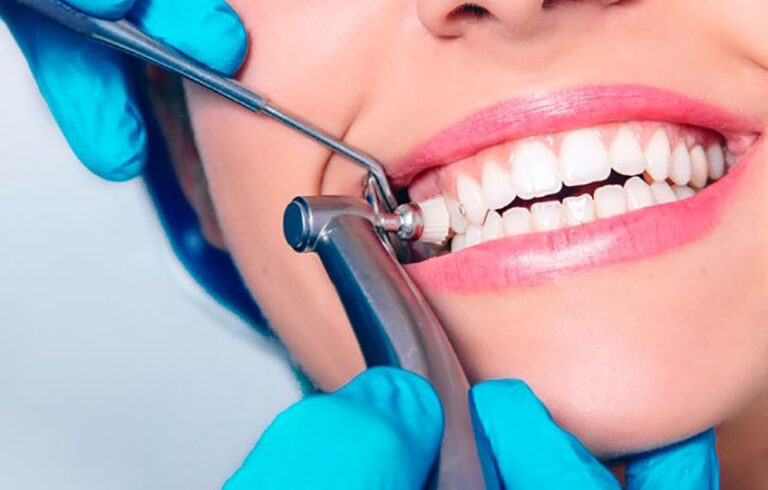
Inspecting a used honda in fresno is a crucial step in the buying process to ensure you make a wise investment and avoid any unpleasant surprises. A thorough evaluation allows you to assess the condition of the vehicle, identify potential issues, and make an informed decision. In this article, we will outline essential steps for inspecting used cars to help you confidently evaluate their overall condition.
- Exterior Inspection
Start by conducting an exterior inspection of the used car at fresno used car dealerships. Look for any signs of damage, such as dents, scratches, or rust spots. Check the paintwork for consistency and signs of repainting, which may indicate previous accidents or repairs. Inspect the windows, windshield, and mirrors for cracks or chips. Assess the condition of the tires, ensuring they have sufficient tread depth and are free from uneven wear.
- Interior Inspection
Proceed with an interior inspection of the used car. Check the overall cleanliness and condition of the interior components. Inspect the seats for wear, tears, or stains. Test the functionality of the controls, including the steering wheel, windows, locks, and air conditioning. Evaluate the condition of the dashboard, instrument cluster, and infotainment system. Look for signs of water damage, such as a musty odor or damp carpets, which could indicate leaks or previous flooding.

- Engine Compartment
Open the hood and inspect the engine compartment. Check for any signs of leaks, such as oil or coolant stains. Assess the condition of the belts and hoses, ensuring they are not cracked or frayed. Look for signs of corrosion on the battery terminals. Examine the overall cleanliness and organization of the engine bay, as a well-maintained engine compartment is often an indication of proper care and maintenance.
- Undercarriage Inspection
To evaluate the undercarriage, you may need to use a jack or lift the car. Look for signs of rust or damage on the frame, suspension components, and exhaust system. Assess the condition of the fuel and brake lines, ensuring they are not corroded or leaking. Inspect the condition of the CV joints and drive shafts, listening for any clicking or grinding noises when the wheels are turned.
- Test Drive
A test drive is an essential part of inspecting a used car. Start by checking the engine’s start-up behavior, ensuring it starts smoothly without any unusual noises. Pay attention to the engine’s responsiveness and smoothness during acceleration. Test the brakes, assessing their effectiveness and responsiveness. Evaluate the steering, checking for any vibrations or pulling to one side. Listen for any unusual noises while driving, such as rattles, clunks, or squeaks. Test the car’s various features, including the air conditioning, heating, lights, and windshield wipers.





